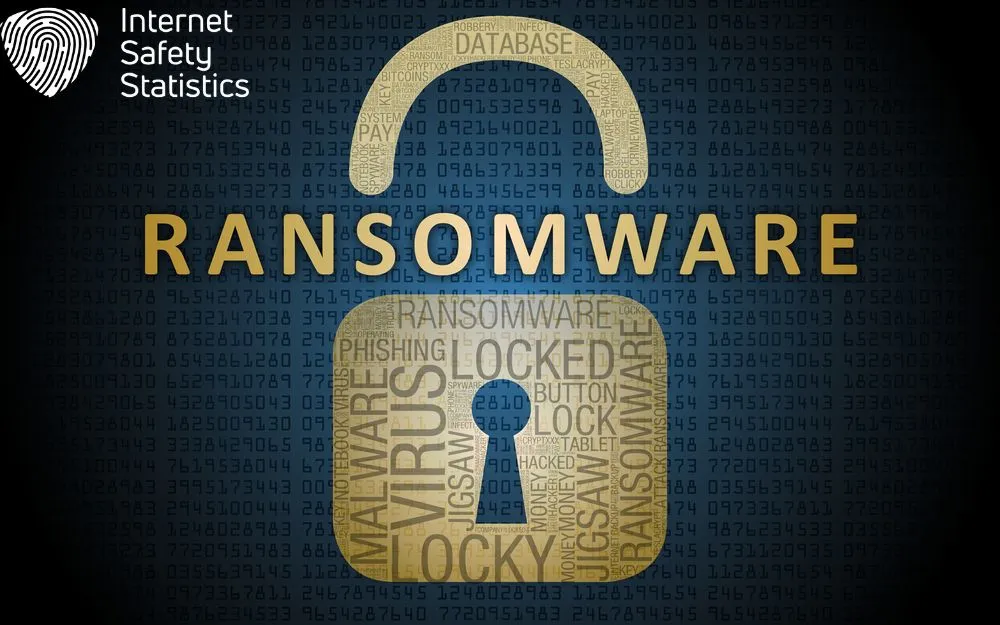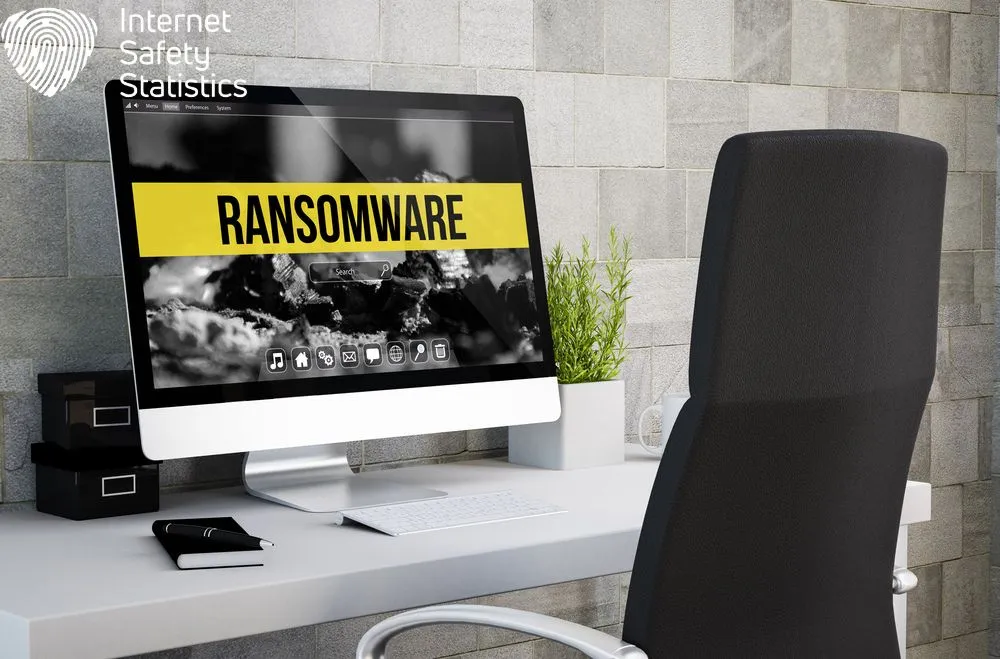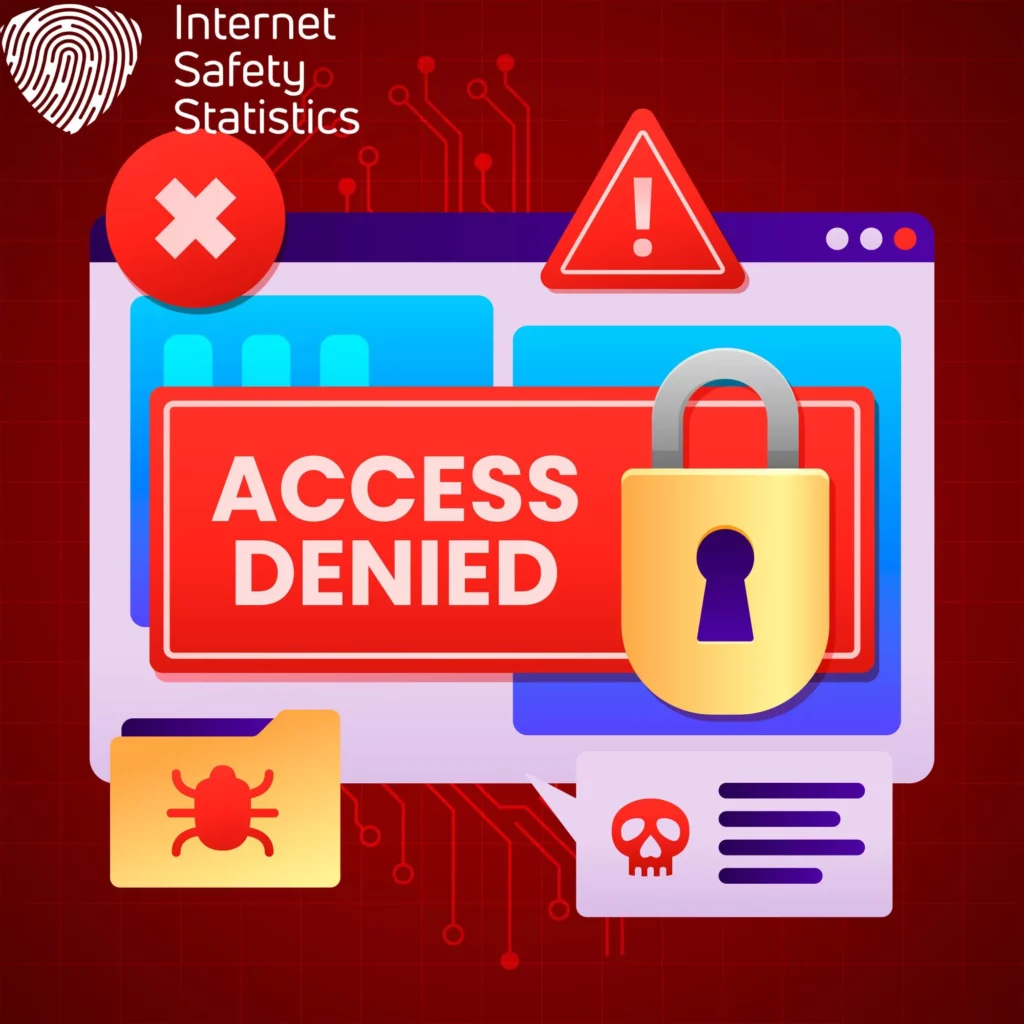
Ransomware, a form of malicious software that encrypts or locks digital files until a ransom is paid, has emerged as a formidable threat in today’s interconnected world. As technology advances, so do the tactics of cybercriminals, and ransomware attacks, as illustrated by various ransomware examples, have become increasingly sophisticated and widespread.
In this comprehensive article, we delve into the world of ransomware, exploring historical developments, notorious examples, and the evolving landscape of this cyber menace. By examining the key incidents and understanding the modus operandi behind these attacks, we aim to shed light on the urgency of fortifying cybersecurity measures in an era where data is both a valuable asset and a vulnerable target.
Tracing the Roots of Ransomware
Ransomware might seem like a new and terrifying innovation, but its roots surprisingly extend back to the dawn of the digital age. To truly understand this ever-evolving threat, we must delve into its murky history, where clumsy seeds blossomed into the sophisticated scourge we face today.
The Clumsy Beginnings: Floppy Disks and Phone Calls (1989 – 1990s)
The first documented case of ransomware emerged in 1989, aptly named the “AIDS Trojan.” Disguised as educational material for the World Health Organization’s AIDS conference, infected floppy disks hid user files and demanded $189 sent via postal mail. While clumsy and easily circumvented, it marked the genesis of a dark concept.
Throughout the 1990s, primitive ransom variants continued to appear, primarily targeting Russian users. These locked out computers or bombarded them with pornography until victims paid small ransoms through phone calls. Technology was slower, payments cumbersome, and awareness limited, keeping these nascent threats in the shadows.
Crypto Warriors and Ransomware 2.0: Encryption Takes Centre Stage (2006 – 2013)
The introduction of robust encryption in the mid-2000s changed the game. Ransomware evolved from locking screens to scrambling vital data, holding entire businesses and individuals hostage. The notorious “GPG48” and “Trojan-Ransom.Win32.Krotten” variants exemplified this shift, demanding payments in untraceable Bitcoin, a new cryptocurrency gaining traction.
Professionalisation and Proliferation: RaaS and Global Outbreaks (2013 – Present)
The 2010s saw the emergence of Ransomware-as-a-Service (RaaS), where cybercriminals could essentially rent out pre-built ransomware kits. This democratised extortion, making it readily available to amateurs and seasoned criminals alike. Notorious RaaS operations like “CryptoLocker” and “Cerber” unleashed global waves of attacks, crippling hospitals, government agencies, and businesses across the globe.
The ransomware landscape continues to evolve rapidly, embracing AI, exploiting new vulnerabilities, and targeting critical infrastructure. Understanding its historical journey paints a chilling picture of a threat that is constantly adapting and innovating. By studying its dark past, we can better strategise for the future, staying vigilant in the face of this ever-changing adversary.
Unveiling the Different Ransomware Examples

Ransomware isn’t just one big monster lurking in the digital shadows. It’s a hydra-headed beast, with each head representing a different way to terrorise and extort you. Let’s dissect these menacing variants and understand how they operate:
Encryption Ransomware: The Vault Cracker
Think of this type as a digital bank robber, sneaking into your system and locking up your valuable data in an impenetrable vault. It uses strong encryption algorithms to scramble your files, rendering them unusable until you pay a ransom. Imagine photos frozen in a pixelated wasteland, documents turned into gibberish, and entire hard drives sealed shut. Scary, right?
Notable Examples
- WannaCry: This infamous 2017 attack exploited a Windows vulnerability to encrypt files on millions of computers, demanding Bitcoin payments in exchange for the decryption key.
- CryptoLocker: This early encryption ransomware targeted personal computers, locking users out of their files and demanding ransom payments for access.
Locker Ransomware: The Door Slamming Bouncer
Forget encrypted files; this type slams the door on your entire system. Imagine waking up to find your computer a useless brick, the desktop replaced with a menacing ransom note demanding payment before you can get back to work or play. Locker ransomware doesn’t encrypt anything; it simply blocks your access to the operating system itself.
Notable Examples
- Police Locker: This variant disguised itself as a police warning, falsely accusing users of illegal activity and locking them out of their machines until a “fine” was paid.
- WinLocker: Another early locker ransomware, it displayed fake error messages and blocked access to Windows until a ransom was paid.
Mobile Ransomware: The Sneaky Pocket Thief
Think your phone is safe? Not so fast! Mobile ransomware can slither onto your smartphone or tablet through malicious apps, infected links, or even text messages. Once trapped, your precious photos, contacts, and even banking information might be held hostage until you cough up the ransom.
Notable Examples
- SLocker: This early Android ransomware locked users out of their phones and demanded payment in Bitcoin before returning access.
- Android/Filecoder.C: Another Android variant, it encrypted users’ files and demanded ransom payments to decrypt them.
Ransomware-as-a-Service (RaaS): The Franchise of Fear
Imagine a McDonald’s for cybercriminals! RaaS platforms operate just like fast-food chains, offering pre-built ransomware kits and tutorials for anyone to launch their own extortion operation. This “democratisation” of ransomware has made it even more prevalent and dangerous.
Notable Examples
- Cerber: One of the most popular RaaS platforms, it has been used in countless attacks targeting individuals and businesses alike.
- Satan: Another notorious RaaS operation, it is known for its sophisticated features and ability to target various platforms.
These are just some of the main types of ransomware out there. By understanding how they work and the threats they pose, you can equip yourself with the knowledge to stay safe in the digital world. Remember, vigilance is your best defence against these digital monsters!
High-Profile Ransomware Attacks

While ransomware might lurk in the shadows, some attacks leave scars so deep they etch themselves onto the collective digital memory. These high-profile incidents serve as stark reminders of the potential impact and showcase the evolution of attacker tactics. Let’s delve into three infamous cases that shook the world:
Colonial Pipeline (2021)
Imagine waking up to empty gas stations and panicked headlines. That’s the reality that unfolded in May 2021 when the Colonial Pipeline, a vital fuel artery supplying the Eastern United States, fell victim to a ransomware attack. Hackers belonging to the DarkSide group exploited a vulnerable VPN account, seizing control of internal systems and disrupting fuel distribution across six states.
The impact was immediate and widespread. Panic buying led to long queues and gas shortages, impacting businesses and disrupting daily life. Colonial Pipeline ultimately made the difficult decision to pay a ransom of 75 Bitcoin (approximately $4.4 million at the time) to regain control and restore fuel flow.
The Colonial Pipeline attack highlighted the vulnerability of critical infrastructure to cyberattacks and the potential for cascading societal impacts. It sparked discussions about cybersecurity preparedness, government intervention, and the ethics of paying ransoms.
NotPetya (ExPetr) (2017)
Not all ransomware attacks seek financial gain. In June 2017, the world witnessed the destructive power of NotPetya, a wiper malware disguised as ransomware. Masquerading as a legitimate update for popular Ukrainian tax software, it spread like wildfire, encrypting and permanently deleting data on infected systems.
The devastation was global. Major companies like FedEx, Merck, and Maersk saw their operations crippled. Governments in Europe and Ukraine were hit hard, with critical infrastructure compromised. Unlike typical ransomware, NotPetya’s primary aim was disruption, not profit. Its origins remain shrouded in mystery, attributed to Russian state actors by some experts.
NotPetya exposed the vulnerability of supply chains and interconnected systems. It emphasised the need for robust backups and incident response plans, as well as international cooperation to combat cyberattacks with global consequences.
WannaCry (2017)
In May 2017, a worm-like ransomware known as WannaCry exploited a critical vulnerability in older Windows systems known as EternalBlue. Developed by the National Security Agency (NSA) and leaked by a hacking group, the vulnerability allowed WannaCry to spread rapidly across the globe, infecting hundreds of thousands of computers in hospitals, banks, and government agencies.
The attack wreaked havoc, disrupting medical services, blocking access to financial records, and causing widespread panic. While many organisations had patched the EternalBlue vulnerability, outdated systems remained vulnerable, providing fertile ground for the worm’s infection.
WannaCry highlighted the importance of patching vulnerabilities promptly and staying updated with the latest security measures. It also illustrated the potential for cyberattacks to exploit unpatched systems, even within critical infrastructure.
Countermeasures and Prevention

The spectre of ransomware might loom large, but it’s not an invincible monster. By adopting a layered approach to countermeasures and prevention, we can build robust digital fortresses that repel even the most determined cyber-assaults. Let’s explore some key lines of defence against this ever-evolving threat:
Cybersecurity Best Practices: Your First Line of Defence
Think of these practices as the sturdy walls surrounding your digital castle. They create a baseline of security, making it harder for ransomware to breach your defences in the first place. Here are some essential cornerstones:
- Regular Updates and Patching: Software vulnerabilities are often the cracks in the wall that ransomware exploits. Patching regularly and keeping your operating system and applications up-to-date plug these gaps, making it tougher for attackers to gain entry.
- Employee Training and Awareness: Educate your team about phishing scams, suspicious links, and social engineering tactics commonly used to spread ransomware. Empower them to be vigilant guardians of the digital gates.
- Implement Multi-Factor Authentication (MFA): An extra layer of security like a password gatehouse, MFA requires not just a key (password) but also a token or biometric verification. This significantly reduces the risk of unauthorised access even if credentials are compromised.
Incident Response Planning: When Walls Are Breached
Even the most fortified castle might experience breaches. Having a well-defined incident response plan is like having a fire drill, ensuring a well-coordinated response to minimise damage and restore normalcy. Here are some crucial elements:
- Developing a Comprehensive Plan: Establish clear roles, responsibilities, and communication protocols for team members in case of an attack. This plan should outline steps for containment, eradication, recovery, and post-incident analysis.
- Collaboration with Law Enforcement and Cybersecurity Agencies: Don’t go it alone. Reach out to relevant authorities who can provide expertise, investigative resources, and potential leads in tracking down attackers.
- Regular Testing and Updating: Your plan is not a static document. Regularly test it through simulations and tabletop exercises to identify gaps and ensure its effectiveness in a real-world scenario.
Technological Solutions: Reinforcements for Your Defences
Think of these advancements as advanced weaponry and watchtowers for your digital fortress. They provide additional layers of protection and detection capabilities:
- Endpoint Protection and Antivirus Software: Invest in robust antivirus and anti-malware software that act as vigilant guards, scanning for suspicious activity and proactively blocking known ransomware threats.
- Network Segmentation and Firewalls: Create internal firewalls that segment your network into smaller, less interconnected zones. This prevents ransomware from easily spreading within your system, limiting its potential damage.
- Data Backups and Recovery: Your most valuable possessions deserve a secure vault. Regularly back up your data to external drives or cloud storage, ensuring you have a clean copy to restore from in case of an attack.
By learning from historical ransomware examples and understanding the evolving tactics of cybercriminals, you can significantly reduce your vulnerability and stand tall against potential digital sieges. Remember, prevention is always better than cure, so proactively fortify your digital defences and stay vigilant against this ever-present threat.
